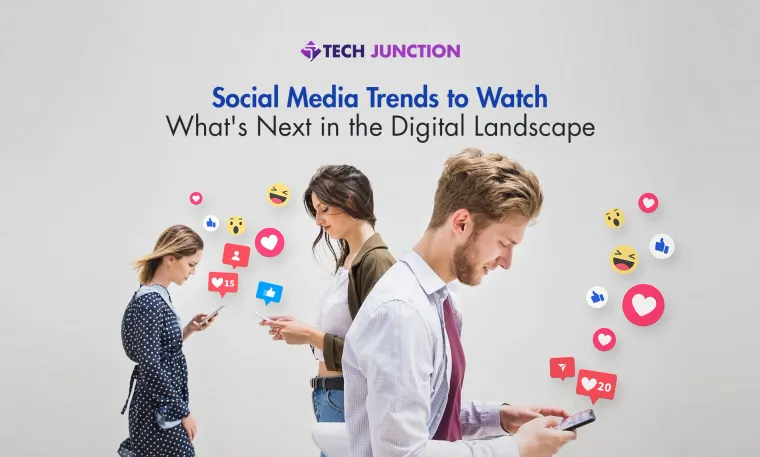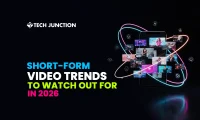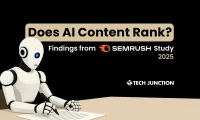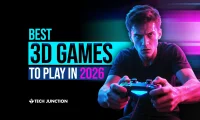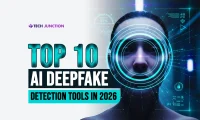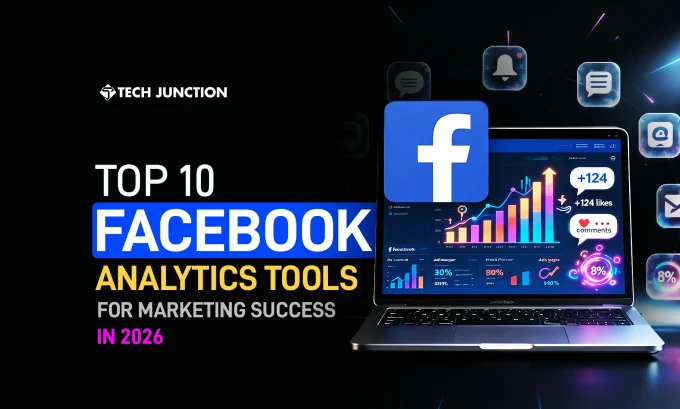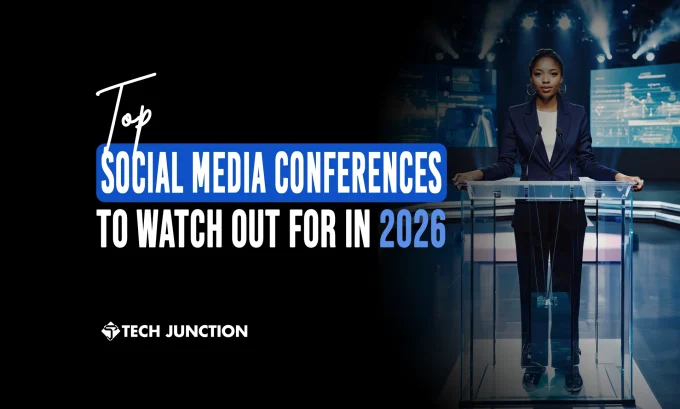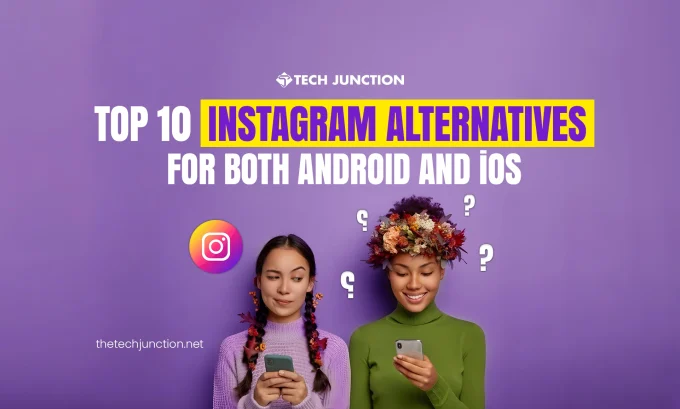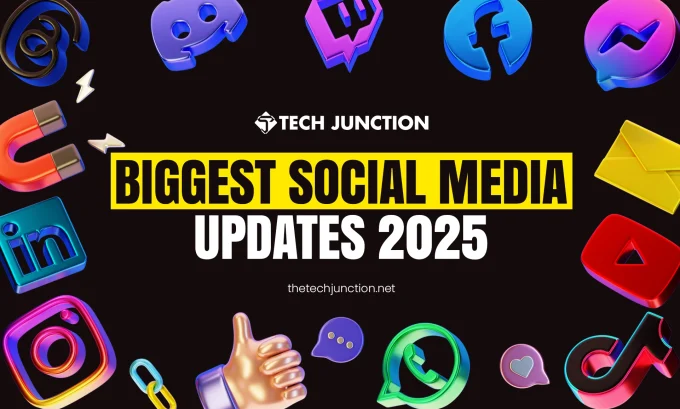Social media platforms are not static entities; they evolve and adapt to the changing needs and preferences of their users. This dynamic nature gives rise to new trends that shape the way we interact with social media and the opportunities it presents for businesses. Understanding these trends is essential for formulating effective social media strategies that resonate with target audiences and achieve desired outcomes. This comprehensive guide explores the latest social media trends, strategies, and platforms that are reshaping the digital marketing landscape.
Emerging Social Media Trends in 2024
The dynamic nature of social media is a result of its inherent adaptability to user preferences and technological advancements. Platforms constantly evolve to cater to evolving trends, preferences, and technological capabilities, leading to a continuous cycle of innovation and new social media trends. Let us look at the top 10 emerging social media trends to watch out for.
The Rise of Long-Form Content
After years of dominance by short-form content, there is a growing shift towards long-form content. Platforms like YouTube, Instagram Reels, and LinkedIn are investing in features that support longer videos and storytelling formats, catering to audiences seeking more immersive and in-depth content.
One notable example is the rise of documentary-style content on YouTube. Channels such as “Vice” and “The New Yorker” have gained immense popularity by producing longer, in-depth videos that delve into various topics, ranging from investigative journalism to cultural explorations. These documentaries often run for 30 minutes or more, challenging the conventional belief that online audiences have short attention spans.
The Continued Growth of Social Commerce
Social commerce has become a major force in the e-commerce industry, allowing businesses to seamlessly integrate shopping into their social media platforms. Platforms like TikTok, Instagram, and Facebook are actively integrating shopping tools and features, enabling users to discover, purchase, and transact directly within the social media environment.
TikTok, a social media giant, has taken a bold step into social commerce by introducing features like “Shop Now” buttons and in-app shopping experiences. Content creators on TikTok can seamlessly incorporate product recommendations and links into their videos, allowing users to make purchases directly through the app. Content creator shifted to social media trends of different platforms.
The Power of Micro-Influencers
While macro-influencers with large followings still hold significant influence, micro-influencers, with smaller but more engaged audiences, are gaining prominence. Micro-influencers are seen as more authentic and relatable, often building deep connections with their followers, making them valuable partners for brands seeking to connect with niche audiences.
Fashion Nova, a leading fast-fashion brand, partners with micro-influencers to showcase diverse styles. Through collaborations with engaged individuals, the brand effectively reaches a broad audience with authentic and relatable content.
The Rise of AI Integrations
Artificial intelligence is rapidly integrating into social media, with platforms leveraging AI to enhance user experiences, personalize content, and automate tasks. AI-powered tools are being used for content creation, sentiment analysis, audience segmentation, and targeted advertising, making social media marketing more efficient and effective.
LinkedIn’s AI-driven content recommendations employ machine learning algorithms to understand user preferences and suggest relevant content in users’ feeds. This personalized content curation increases user engagement and ensures that individuals see content tailored to their professional interests.
Related Article: Top Social Media Trends in 2025
Live Streaming
Live streaming has become a staple of social media engagement, allowing brands to connect with their audience in real-time, host Q&A sessions, and showcase behind-the-scenes glimpses. Live streaming offers a sense of immediacy and authenticity, fostering deeper connections with viewers. The COVID-19 pandemic further accelerated the adoption of live streaming across industries. Virtual events, conferences, and concerts turned to live streaming as a means to reach global audiences in real-time when physical gatherings were restricted.
OneStream Live is a popular browser-based live streaming software that allows users to multistream to up to 45+ social destinations simultaneously.
The Importance of Keyword Search and SEO
As social media platforms become more search-driven, keyword research and SEO strategies are becoming increasingly important. Understanding how users search for content and using relevant keywords strategically can help brands improve their visibility and reach a wider audience.
Ahrefs and Semrush stand out as versatile and powerful SEO tools, offering essential features for effective online optimization.
Embracing Non-Linear Storytelling
Traditional linear storytelling is giving way to non-linear narratives that break free from chronological order and allow for more creative storytelling experiences. This trend is evident in platforms like TikTok and Instagram, where users can engage with content in their own way, creating unique and personalized storytelling journeys.
A compelling real-life example of the embrace of non-linear storytelling is the success of the Netflix interactive film “Bandersnatch” within the Black Mirror series. This groundbreaking project allowed viewers to make choices at key points in the narrative, influencing the direction and outcome of the story.
Adapting to Gen Z Preferences
Understanding and catering to the preferences of Gen Z is crucial for brands seeking to connect with this influential demographic. Gen Z consumers are drawn to authentic, personalized experiences, and they often prefer platforms that prioritize creativity and self-expression.
A prime example of a brand adeptly adapting to Gen Z preferences is Depop, a social shopping app that has swiftly become a Gen Z favorite. Depop’s success lies in its fusion of e-commerce with social interaction, creating a community-driven platform where users can buy and sell unique fashion items.
The Nostalgia Wave
Nostalgia is a powerful marketing tool that can evoke positive emotions and connect with audiences on an emotional level. Brands are tapping into social media trends by reviving retro trends, using classic imagery, and recalling memorable experiences, creating a sense of familiarity and connection.
Coca-Cola’s modernization of the classic Santa Claus campaign, dating back to the 1930s, is a prime example of successfully using nostalgia. By reviving this iconic image for contemporary audiences, Coca-Cola taps into collective memories, evokes positive emotions, and forges a timeless connection with consumers. This approach showcases the potency of nostalgia as a strategic marketing tool.
Using Gated Content
Gated content, such as exclusive discounts or early access to products, can be used to incentivize users to follow a business on social media or provide their email addresses. This tactic can help businesses build a more engaged and valuable audience.
Glossier excels in utilizing gated content by offering exclusive product launches and limited-time discounts in exchange for user engagement, such as following social media accounts or signing up for newsletters. This strategy creates a sense of exclusivity, fosters anticipation, and builds a more engaged and valuable audience for the skincare brand.
Conclusion: Mastering Social Media Trends for Digital Success
As we conclude our exploration of social media trends, it is evident that adaptability is the linchpin of digital success. The dynamic nature of social platforms demands a proactive approach, embracing change rather than merely reacting to it. By incorporating the discussed trends and strategies into your social media playbook, you position your brand not just as an observer but as a trendsetter in the digital realm.
The future is dynamic, and with strategic social media mastery, you are not just part of it—you are shaping it.
The Tech Junction is the ultimate hub for all things technology. Whether you’re a tech enthusiast or simply curious about the ever-evolving world of technology, this is your go-to portal.

